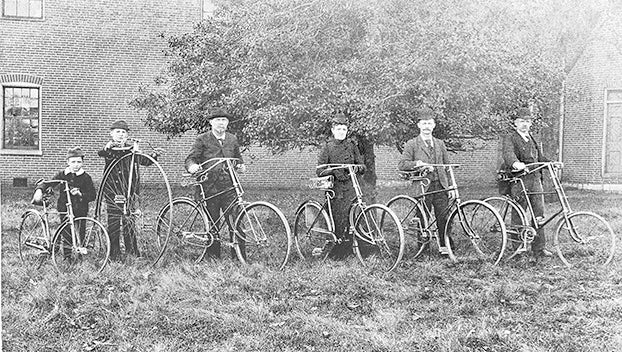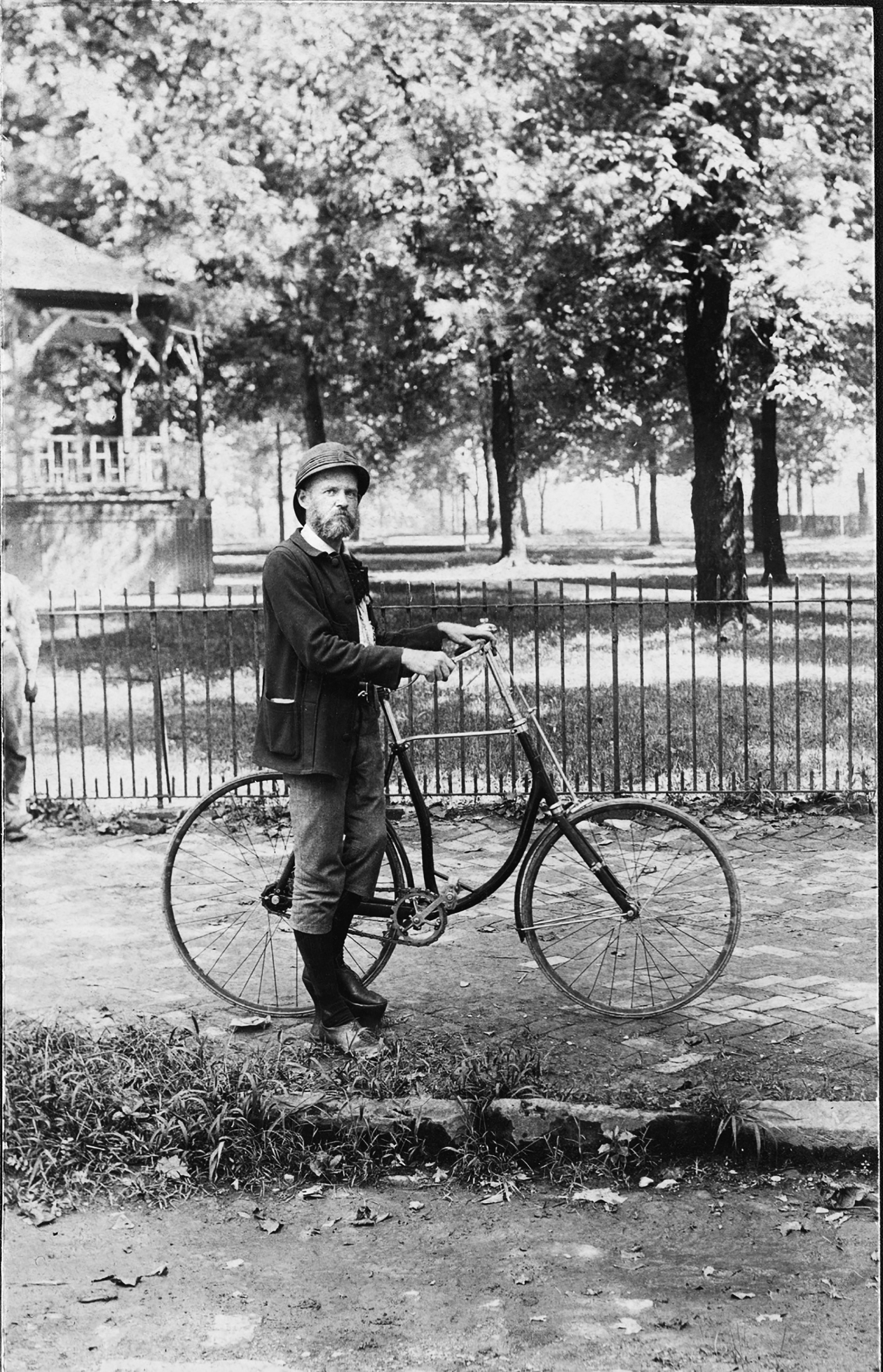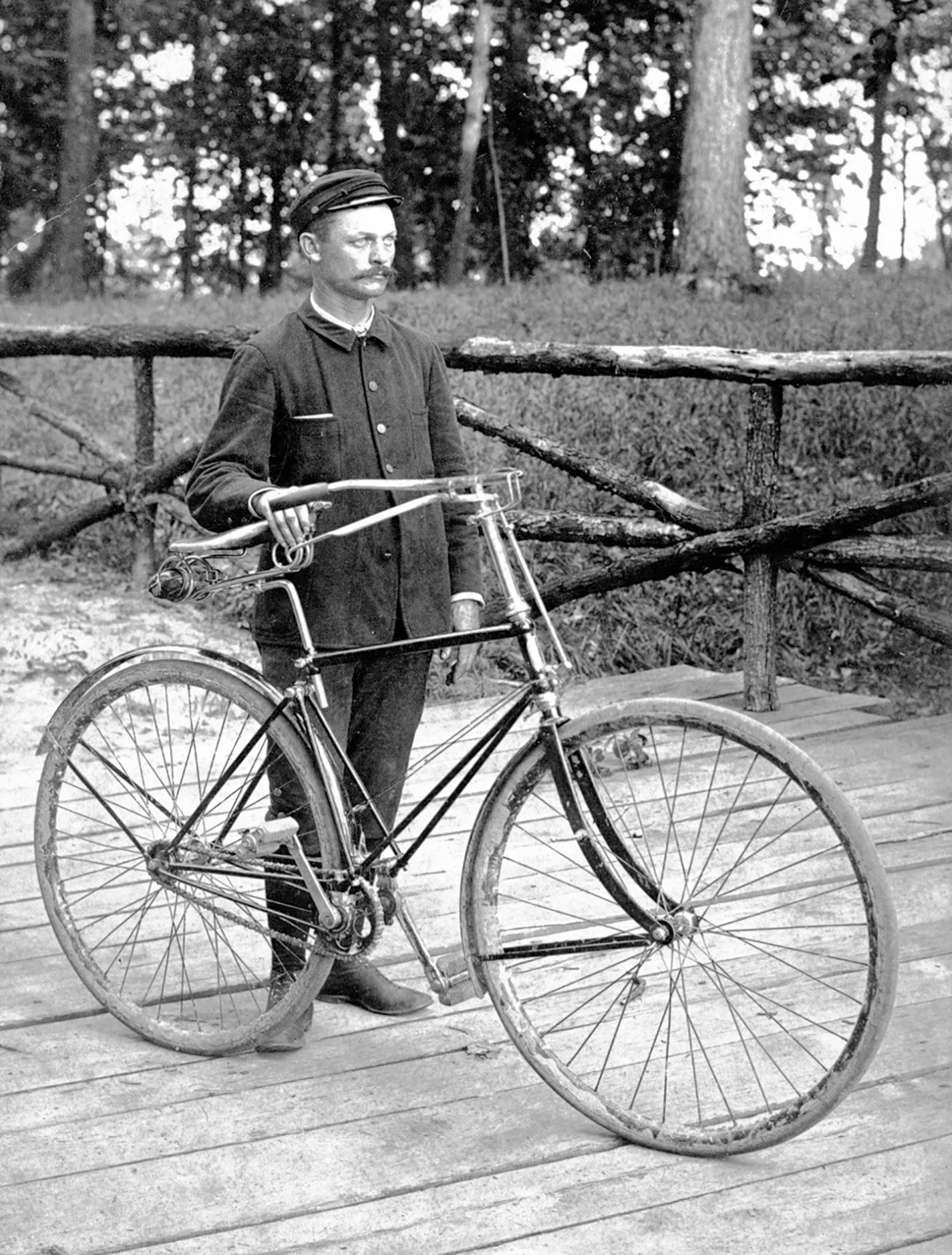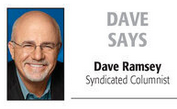Looking Back At KSD: Bicycling in the last decade of the Nineteenth Century
Published 4:00 pm Thursday, May 27, 2021
BY JOANN HAMM
Jacobs Hall Museum Staff
Frank Christman, employed in 1889 as a boys’ supervisor, seemed to have sparked the excitement over bicycles in 1890.
In March 1890 he purchased a brand-new Columbia bicycle, and when it arrived by train, immediately gave his colleagues a free “acrobatic performance in his efforts to manage his treacherous steed” in the yard of the Colored School. During the next months, several teachers learned to ride Mr. Christman’s bicycle, learning, as George McClure put it, that “a bicycle is a treacherous machine.”
Students were not left behind. Belle Lunsford, girl reporter for the Kentucky Deaf-Mute, noted that 11-year-old Alva Long was “the proud possessor of a bicycle that he rides as though he were a part of the machine!”
Later that year, other students reported that they saw Alva flying down a sidewalk downtown on his bicycle “no handed.” The Deaf-Mute reporter proclaimed that: “The best bicycle rider in Danville is Alva Long. He can ride in almost any position, guides his wheel without the aid of his hands and altogether manifests a skill that is the wonder and envy of our grown-up wheelmen.”
In August 1890 Allie Sparks learned he had won a new Columbia bicycle in a contest for securing new subscribers to the Louisville Times. This was the first of several bicycles won by KSD students by selling large numbers of new subscriptions for Louisville newspapers.
For example, in 1891 the Deaf-Mute reported that “the Louisville Commercial is offering a $35 bicycle prize for the first person to sign up 80 new subscribers.
Later in the fall Morris Long, the head teacher at the Colored School, thought he could try out his new bicycle in private in the backyard of the Colored School. A group of girls on the third floor of the girls’ residence hall, now Jacobs Hall, had a birds-eye view of his efforts.
They reported in the Deaf-Mute’s Girls’ Side column that he climbed on the machine, fell off several times, viciously kicked the bicycle and, finally, threw it down on the ground and stomped off.
J. W. Overstreet, who attended the Institution from 1865-1866, owned a store at Little Hickman Creek, about five miles south of Nicholasville. In good weather, he began traveling by bicycle to visit friends in Danville, passing through on his way to deliver orders in the Louisville area.
In March 1891 Christman and Blount went on their bicycles to visit Mr. Overstreet. In 1891 their trip would have taken them across the covered bridge over the Dix River and, farther on, through the Palisades of the Kentucky River, an arduous trip even before spring rains washed out sections of the macadam road base.
George McClure wrote: “At least they started on them, but from the reports, we judge that the boys would do well to have an ambulance along next time they undertake the trip. Dealers in arnica ointment are having a flourishing trade since the two bicyclists returned.”
Shortly after the trip to Little Hickman, Christman borrowed Blount’s bicycle and, riding at high speed, accidentally bent the rear wheel. It was immediately sent to the factory in Louisville for repairs, but after waiting an entire summer, he finally contacted his brother in Louisville who picked up the wheel and sent it back to Danville.
Meanwhile, in 1891 teachers and townspeople were buying bicycles for spring riding. Some wanted a back on the seat for comfort.
Victor bicycles were the favorite. Frank Christman became the local agent for the Victor Cycle company.
The older boys formed a cycling club which they called the D and D Victor Club. The girls’ supervisor, Miss Martha Stephens, purchased a Warwick Safety bicycle and “with fear and trembling was now engaged in mastering her unruly steed.”
The end of March 1892 found Christman and the older boys working from dawn until dinner time, laying fine gravel and adding finishing touches, including a pavement, to a large bicycle and running track built in front of the vocational building next to the Colored School. This track gave students and staff an area to learn to ride safely without venturing into the streets of Danville and beyond.
By 1892 Frank Christman’s speed riding had attracted attention in town. People offered to race their “trotters” but he declined all offers shorter than five miles.
He reasoned that a horse could beat him in a one-mile race but could not sustain a race of five miles.
In the summer of 1892, Frank set out on his bicycle following an itinerary that would take him to bicycle races in three states. First, he raced in Lexington, then traveling on to Cincinnati, Indianapolis, and St. Louis. He returned via Evansville and then back Danville.
He estimated he rode over 900 miles on the long trip. When he returned, Christman found that he was no longer able to ride comfortably. He did eventually buy a new bicycle in 1893 but sold it early in 1894 and never rode again.
In the fall of 1893, Robert Zahn, the Deaf-Mute Boys Side columnist, reported that there were only two student riders at school. “Two years ago there were 10 but now all the boys have watches.” He reckoned it had been a fad.
But among the teachers and staff, especially the younger crowd, interest continued.
By 1896 almost all of the younger female staff rode bicycles. While Morris Long sold his bicycle in 1893, other teachers — Hickman Carter, Herbert Day, George McClure, and Max Marcosson — joined the riders.
By 1897 a group of these cyclists formed a club – The Duodecimals, or Decimals for short. They adopted black and blue as club colors. The Kentucky Standard writer surmised that, “The members evidently cherish the memory of the physical heroism required to learn the trick, bumps and contusions being au fait.”
The club had two outings in 1897 — in mid-April and in mid-October.
In April they wheeled out to the horse farm of Eugene Lee in Boyle County and in October, to Cove Spring, on the Harrodsburg Pike. A Kentucky Standard writer warned members of Decimo Cycle Club that the Danville City Council rules required lamps and bells and prohibited riding on the pavement. Rule violators would be fined.
Though apparently the Decimo club disbanded, smaller groups continued to ride the poorly maintained and hazardous Kentucky roads going to the Dix River, Junction City and Harrodsburg. In 1899, riders reported that the roads were in bad condition. As one disgusted wheelman expressed.it, “Instead of the fine macadam of former days, the roads are now patched with stones as big as pumpkins.”
Reading these accounts written during the decade before the “horseless carriage” appeared on Kentucky roads, it is clear that most cyclists from KSD rode close to home and considered it a leisure time activity, good fun and exercise in the open air.
The deaf community at the school did not join cycling clubs in Louisville, Richmond, or Lexington. Some of the boys on campus ventured off to Junction City or even to Moreland and came home unscathed. Others got lost and had to stay overnight in barns.
The girls were more closely supervised, and their worst experiences were having their skirts chewed up by bicycle chains. It is likely J.W. Overstreet, the shop owner in Little Hickman, was a member of cycling clubs in Louisville and Lexington. He was an adventurous soul!








